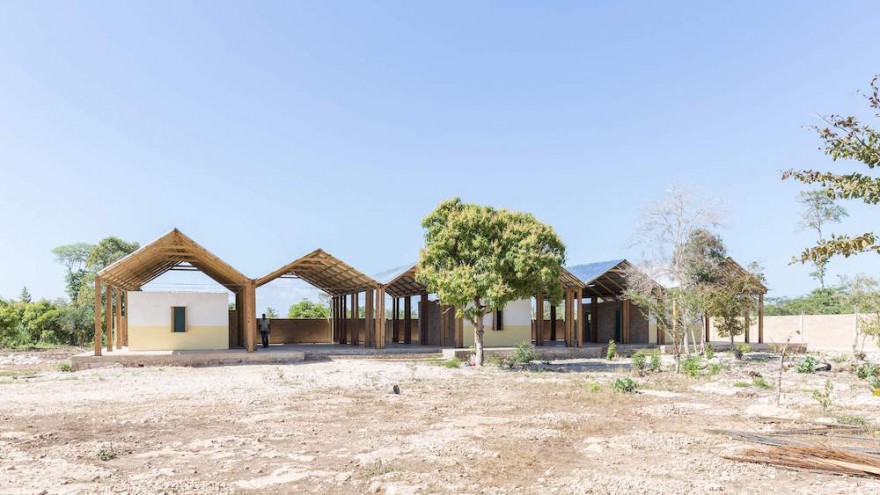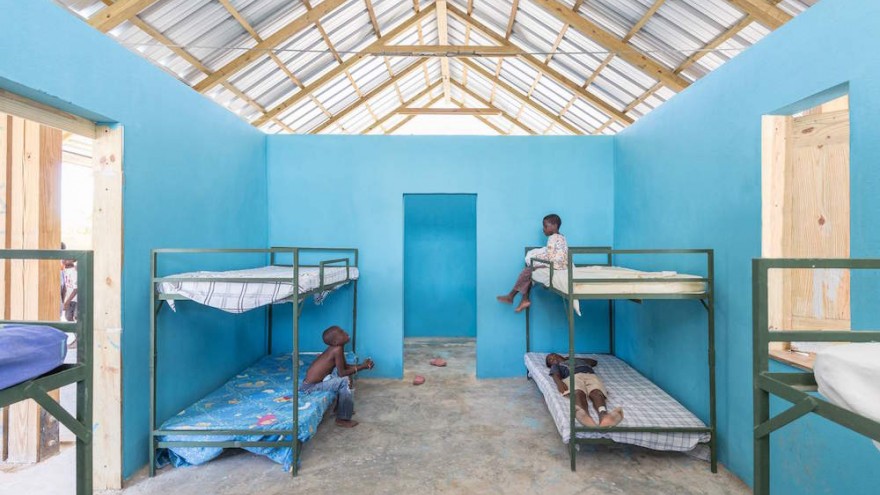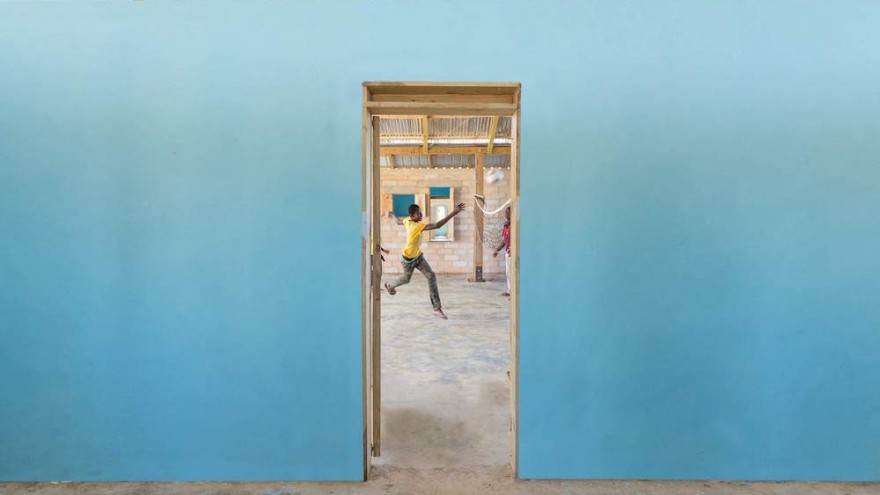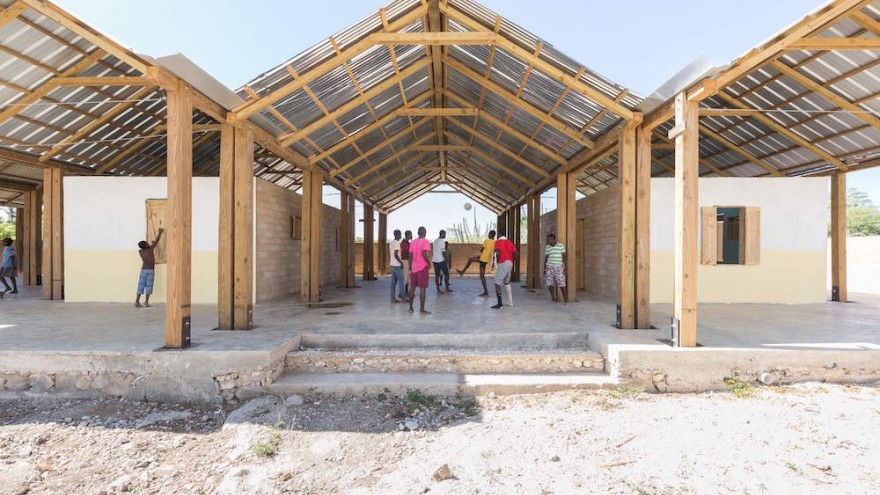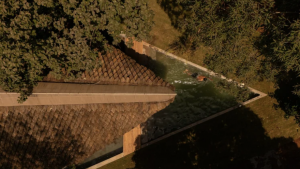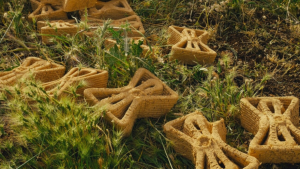The media has exposed the devastating impact of large-scale earthquakes on infrastructure and communities, especially those living in third world countries with no means of restoring what was lost. This has led to an onset of architecture designed to resist seismic shifts and reduce the destruction of people’s homes and community facilities. Ti Kay Là is one such building designed by Milanese architect Bonaventura Visconti di Modrone.
Ti Kay Là is an orphanage commissioned by Ayitimoun Yo, a non-profit organisation that aims to ensure the basic rights of street children living in the southern Haitian community of Anse-à-Pitres. The motivation behind building the orphanage arose during the NGO’s founders’ environmental volunteer trip to Haiti. While there, the founders, Lucia Lantero and Alexis Derache, felt a responsibility to provide a safe environment for the street children who were living in extreme poverty, without family support and daily shelter or food.
The first step was creating a secure, earthquake-resistant home for the children. Newly-graduated architect Bonaventura Visconti di Modrone stepped in to help. Despite a lack of resources, funding and unreliable construction equipment, Ti Kay Là orphanage became a safe haven for over 100 people and a home for over 40 children.
The architect enlisted the help of local, unemployed people and taught them how to make an anti-seismic foundation and anti-seismic bricks using locally-scarce cement and sand, which they had to source from a neighbouring country, the Dominican Republic. Involving the community in the construction of the orphanage has inspired locals to build their own houses in the same way and in turn, teach the earthquake-resistant technique to others.
The orphanage is inspired by local Haitian architecture and incorporates this aesthetic through its double-pitched roof. The 400 square metre foundation is a mix of communal and private spaces, and it features three dormitory style buildings to house the children. To add to the structural safety of the building, the architect included an elevated base in the event of flooding. From a comfort point of view, the larger windows and a raised roof allow for natural ventilation and shading.
Although the construction of the building was a success, Ayitimoun Yo is now seeking help to support the daily upkeep of the orphanage, which involves feeding, educating and clothing the kids, and paying the salaries of the small handful of onsite staff.

